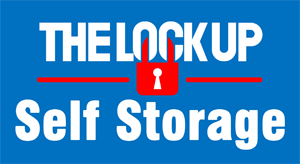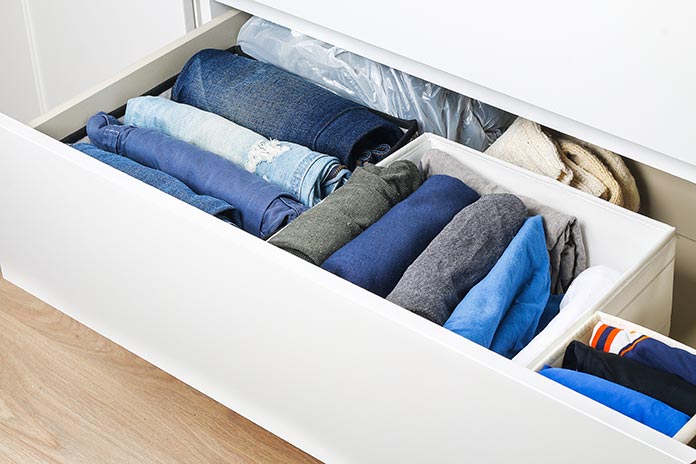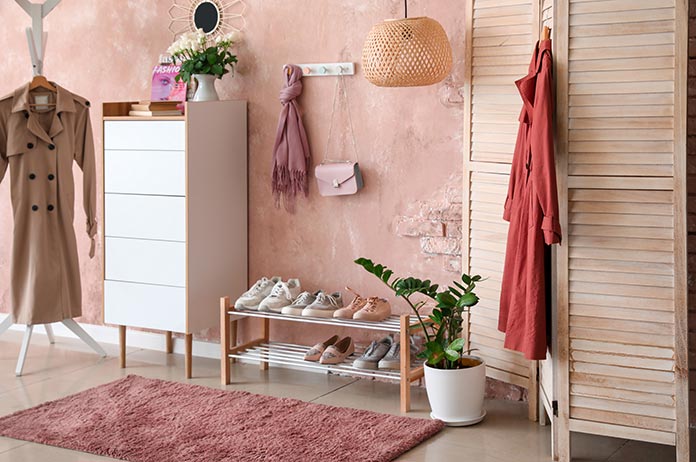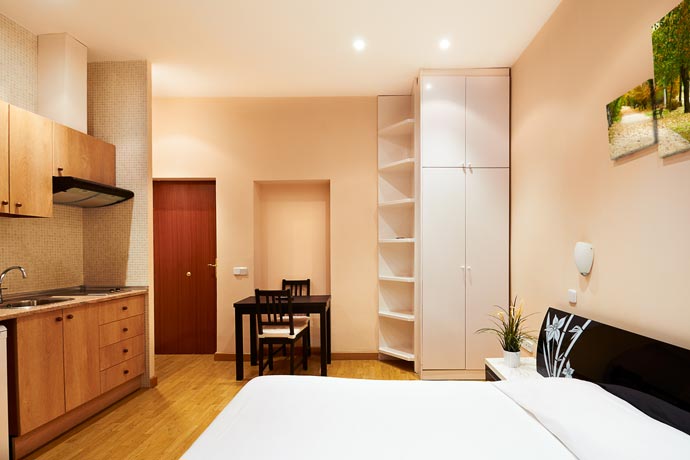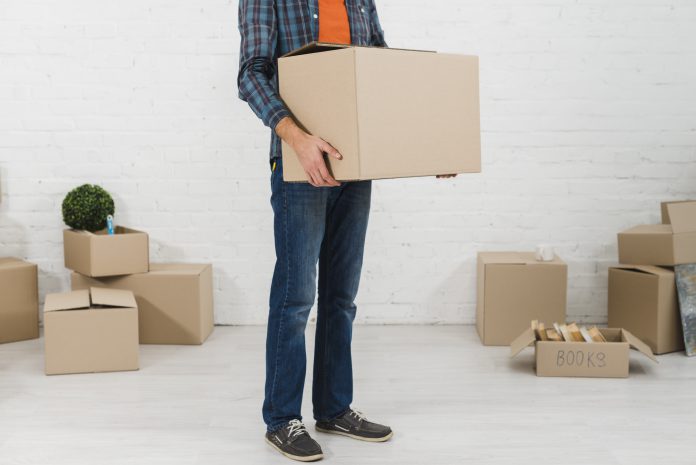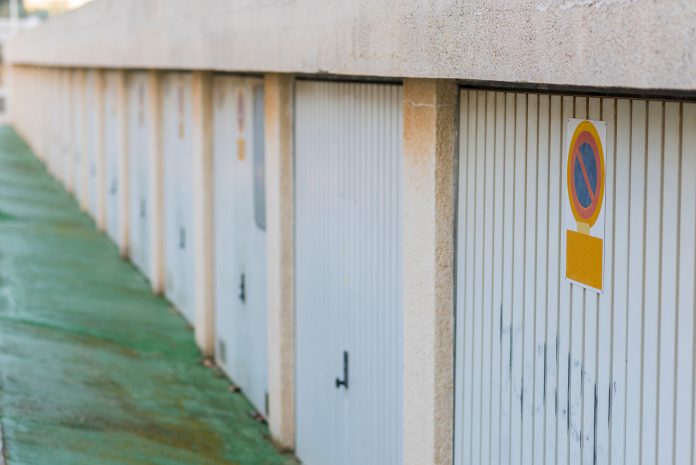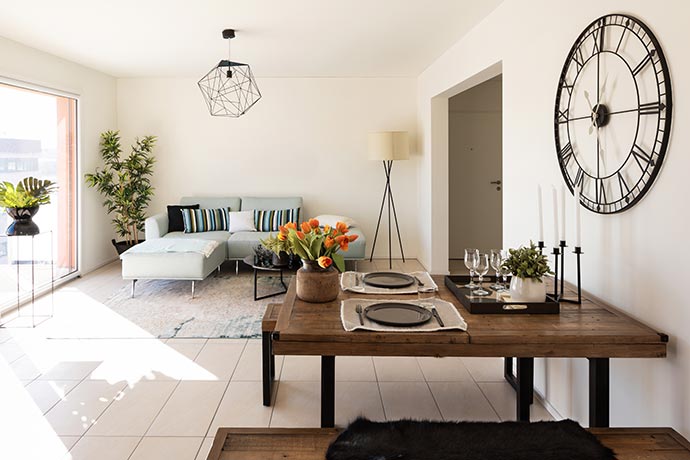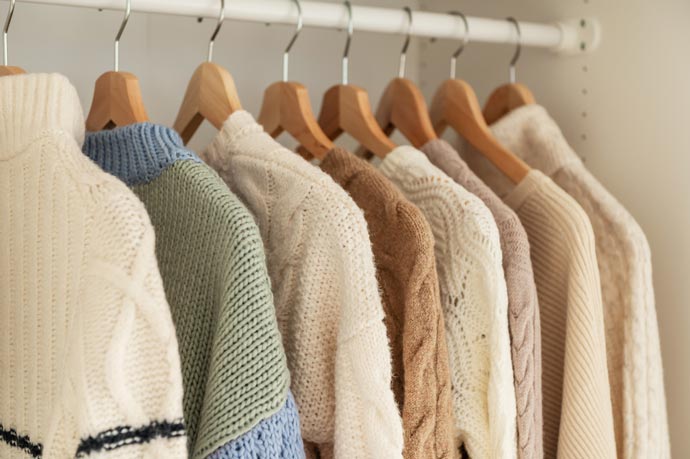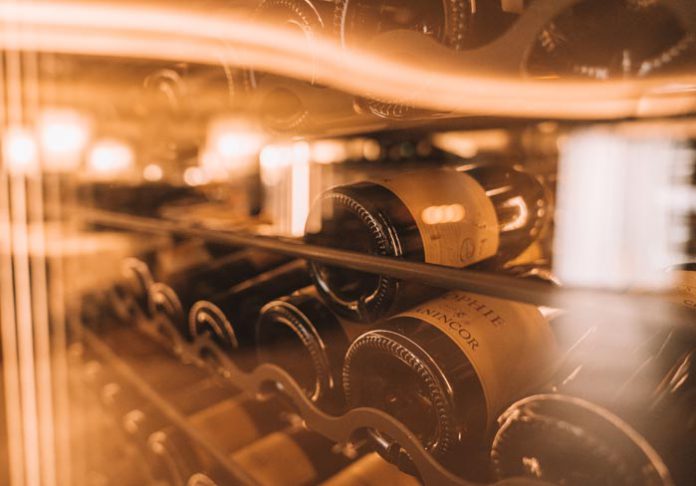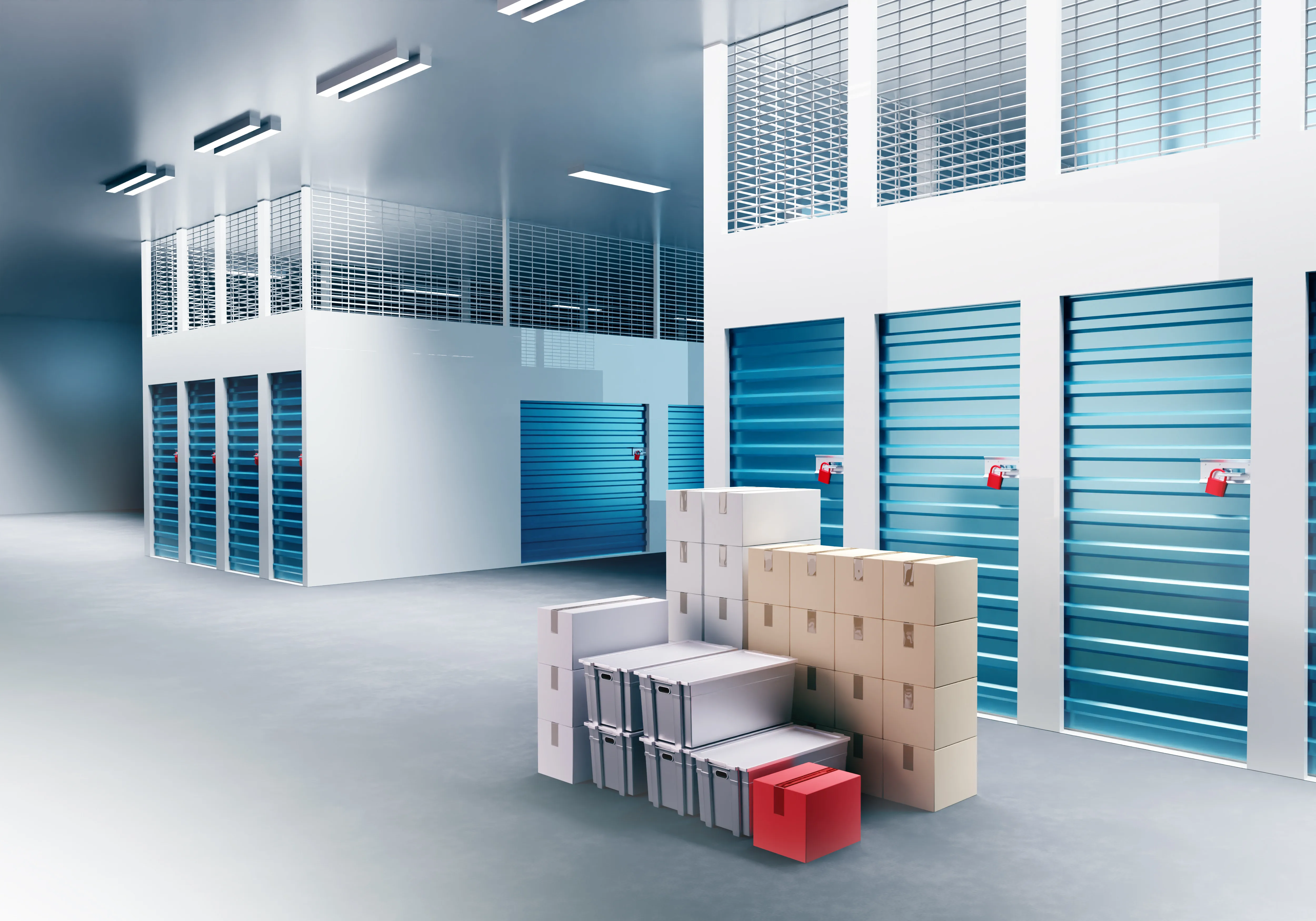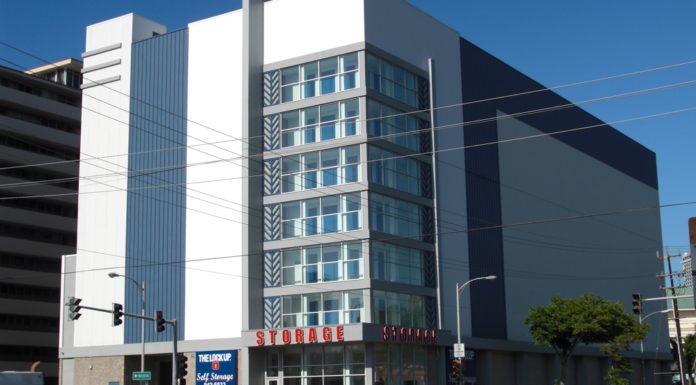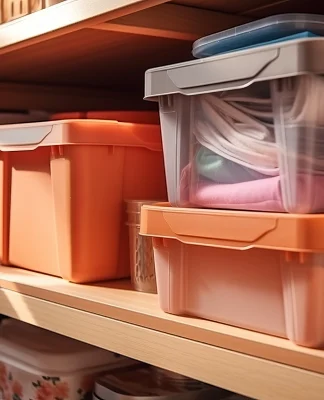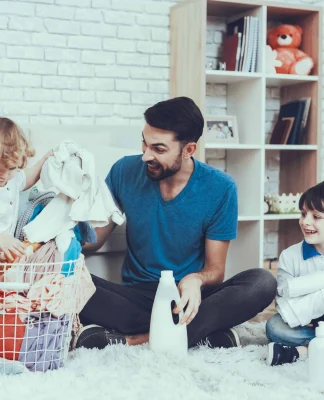Every home is equipped with a sacred junk drawer, but having more than one can create some anxiety, frustration, and a lot of unnecessary clutter. Effective drawer organization can help you take back control of every room in your home, from the kitchen to the bedroom. Drawer organization can boost functionality, improve aesthetics, and make finding what you’re looking for much easier. To help you get the most out of your home with drawer organization, we’ve put together a comprehensive guide with strategies for each room.
The Benefits of Drawer Organization
Every drawer in your home has the potential to help improve the organizational efficiency of a room. Whether you’re sorting through kitchen drawers, bathroom drawers, or drawers in your bedroom’s wardrobe, keeping them clean and organized will help you take back your space and reduce the frustration of digging through unnecessary junk. To help justify this tedious task, consider some of the biggest benefits of drawer organization.
1. Maximizing Space
One of the biggest advantages of drawer organization is the ability to take advantage of all the available space. When you haphazardly throw items into a drawer, you decrease the amount of usable space and create cluttered zones that can lead to drawer jams and forgotten items. Proper organization allows you to utilize every available inch of your space without having to go on a scavenger hunt to find things.
2. Easy Access
Finding and accessing things you need is also much easier with well-organized drawers. You won’t need to waste time rummaging through junk to find your spatula, a fresh pair of underwear, or your toothbrush (hopefully, all of which are in different drawers). Organization gives everything a place, which makes it easy to quickly locate and retrieve what you need.
3. Aesthetic Appeal
Drawer organization isn’t just about functionality; it also enhances the overall look and feel of your home. Well-organized drawers can help create a sense of order, which helps keep with the entire aesthetics of your home—even if you can’t see their contents at all times.
Drawer Organization Ideas for Each Room
The way you organize your kitchen drawers are going to be vastly different from how you organize your bathroom or bedroom doors. To help, consider some of the following drawer organization ideas for each room.
Kitchen Drawers
Your kitchen drawers are likely going to be the project that requires the most attention. With so many drawers and so many different items, things can quickly become a bit messy. This is especially true if you have several people in your family and no organizational system in place. Here are some tips for organizing your kitchen drawers.
- Sort by Function
Start by categorizing your kitchen utensils and tools by function. For example, keep all your baking supplies together, separate your cooking utensils, and group your cutting tools. This ensures that you always know where to find what you need.
- Use Drawer Dividers
Drawer dividers are your best friends in the kitchen. They help create separate compartments for different items, preventing them from getting jumbled together. Invest in adjustable dividers or drawer inserts to customize the layout to your specific needs.
- Declutter Regularly
Regularly go through your kitchen drawers and remove any items you no longer use or need. You can donate these, throw them away, or try and sell them (depending on their value). This keeps your drawers from overcrowding and helps you maintain an organized space.
Bedroom Dresser Drawers
If you have a wardrobe or a dresser, you’ll want to make the most out of your bedroom drawers. Depending on their size, they’re great places to store socks, underwear, bras, workout clothes, and even shirts or sweaters. Here are a few tips to help you keep your bedroom drawers organized.
- Fold and Stack
Instead of haphazardly tossing clothes into your dresser drawers, fold them neatly and stack them vertically. So, when you look down, you’ll see a small preview of each garment rather than whatever’s on top. This method maximizes space and allows you to see every item at a glance.
- Use Drawer Dividers
Having one big drawer for socks and underwear or lingerie can lead to things quickly getting jumbled together. Instead, use drawer dividers to help keep things separate. There are customizable options available, or you can use drawer inserts to separate socks from underwear, scarves, and more.
- Separate Accessories
Designate specific drawers for accessories like jewelry, scarves, and belts. Use small containers or trays within these drawers to keep everything organized and easily accessible.
Bathroom Drawers
Your bathrooms are one of the main areas where drawers can quickly become messy and cluttered. Consider some tips to help you keep your toiletries, beauty products, and other accessories in order.
- Group by Category
Group similar items together in your bathroom vanity drawers. For example, keep all your skincare products in one drawer and your hair care items in another. This makes it easy to find what you need without rummaging through everything.
- Use Drawer Organizers
Drawer organizers are essential in the bathroom. They come in various sizes and configurations, which makes separating your cosmetics, brushes, and other supplies simple. Similarly, you can purchase makeup organizers or inserts that help you keep hair accessories easy to see.
- Label Containers
If you’re going to put any small containers in your bathroom drawers, take some extra time to label them. This is especially useful if you share your bathroom with others, as it prevents confusion and ensures that everything goes back in its place.
Office Desk Drawers
Finally, if you have an office in your home, you likely have a desk that’s filled with office supplies, papers, and more. To help you maximize your productivity and create a more pleasant working environment, consider some of the following tips on organizing your desk drawers.
- Sort Paperwork
Keep important documents and paperwork neatly organized in designated folders or file organizers within your desk drawers. Regularly go through your files to eliminate unnecessary clutter.
- Store Office Supplies
Use small containers or drawer dividers to store office supplies like pens, pencils, sticky notes, and paperclips. This prevents these items from cluttering your workspace and makes them readily accessible.
- Declutter Electronics
If you have electronic gadgets and cables in your desk drawers, invest in cable organizers and small containers to prevent tangles and keep things functional, yet aesthetic.
Maintaining Impeccable Drawer Organization
Once you organize all of the drawers in your home, you’ll likely feel a huge sense of accomplishment and relief. The job is done, but if you want to maintain impeccable drawer organization, you’re going to need to stay proactive. To help keep things clean and clutter-free, try the following tips.
Regularly Review and Declutter
You might find that, after organizing a drawer, it’s not working as well as you’d hoped. If that happens, don’t worry. Review the drawer’s contents, declutter, and try a new system. While it might take some time, finding something that works will help you ensure it keeps working throughout the year.
Add Organization to Your Routine
Include drawer organization and decluttering in your regular cleaning routine. This gives you the opportunity to make small adjustments or put a few things back in their place without having to go through the entire ordeal again.
Involve the Family
After taking the time to organize the drawers in your home, let your family know. Tell everyone where items belong and encourage them to put things back where they found them.
Organizing all of the drawers in your home can help transform each room, but it might not give you all of the storage space you need. To help you maximize your living space and create a truly clutter-free home, consider renting out a self-storage unit from The Lock Up Self Storage. The Lock Up offers temperature-controlled self-storage units in various sizes to supplement your home storage. Our flexible leasing options allow for short-term rentals with the option to extend into long-term solutions. Plus, all our units are climate-controlled with stable humidity levels to keep your belongings in great condition, regardless of how long you need to keep them in storage. As an added bonus, our facilities are protected with top-of-the-line security features such as perimeter alarms, gated access codes, and 24/7 CCTV. For more information about our available self-storage units and sizing options, contact us at 1-866-327-LOCK or visit one of our locations for a tour.

